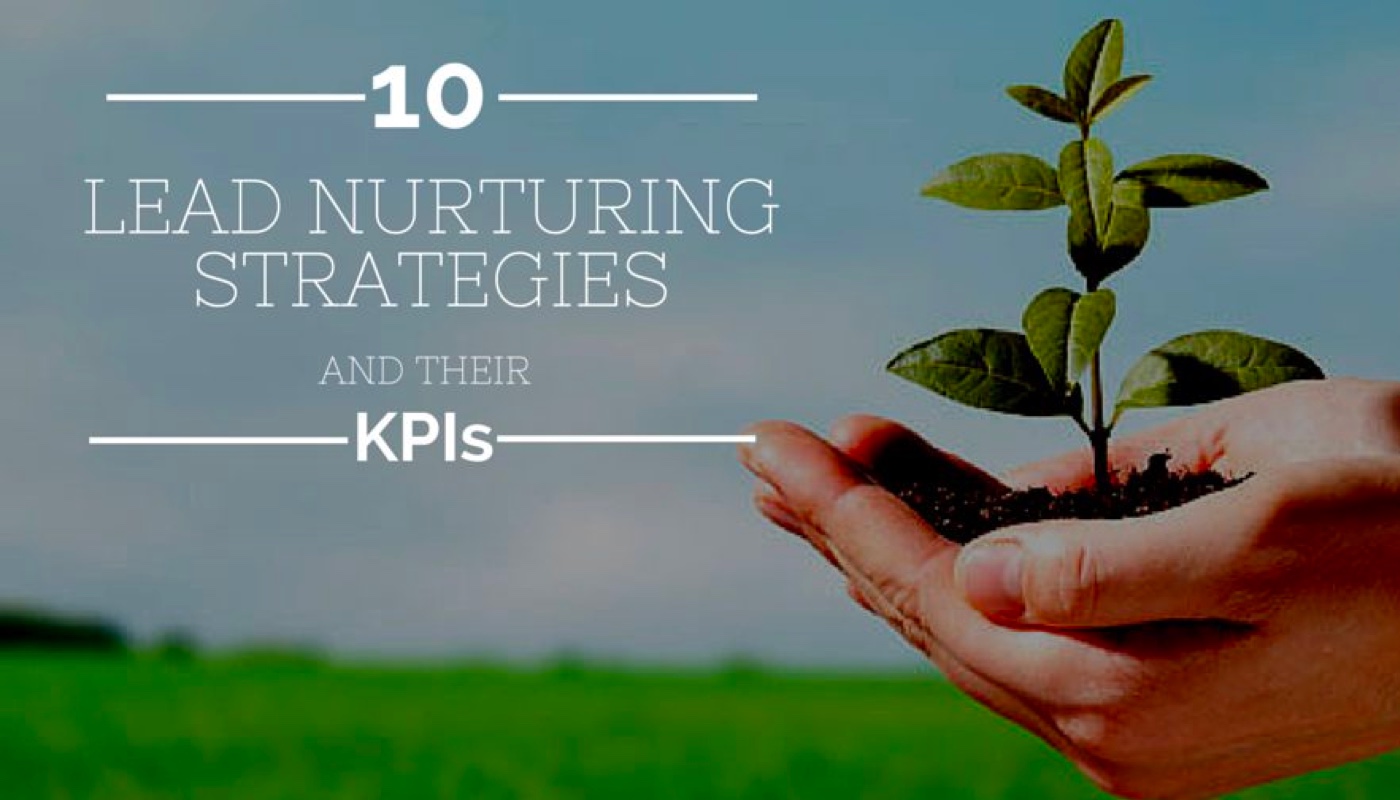January 5, 2015
Whether you’re new to lead nurturing or already a marketing automation guru, we’re all on the lookout for the next killer email campaign.
This post outlines ten great lead nurturing strategies, or “journeys”, that can help your brand or product stand out, generate more revenue and qualified leads, and provide a better experience at every step of the customer’s decision journey.
1. Welcome
Welcome journeys are often the first engagement that a prospective buyer will have with your brand, and are designed to create a good first impression (i.e. look really good but not sell). Welcome journeys are triggered through opt-in requests, such as signing up to receive your newsletter, and are short– generally one or two emails. They help build your narrative by linking to industry trends, community or user reviews, shareable facts, and your company’s About page. If a person does not engage further, then typically you will move a lead into lifecycle nurturing (see #4 below).
KPI: Percent (%) of recipients who request further nurture content
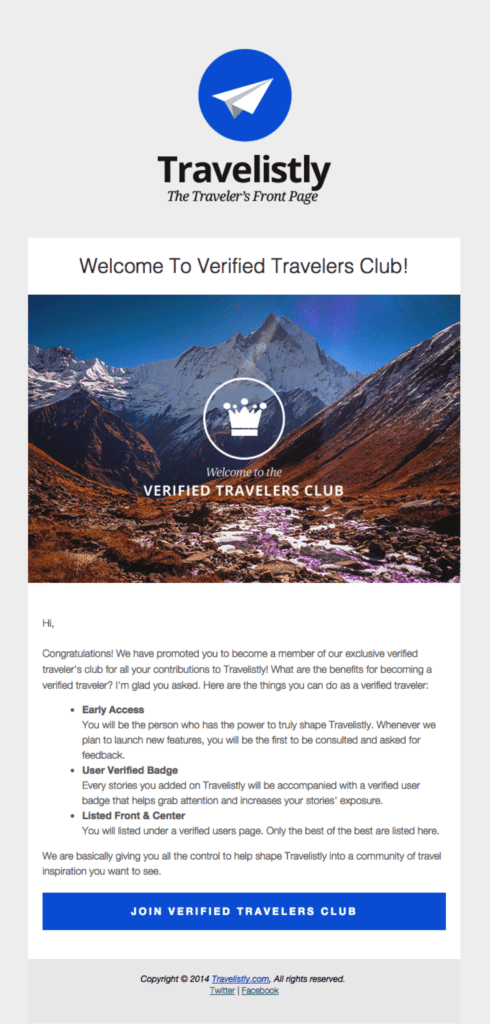
2. Qualification
Qualification journeys are triggered by inbound inquiries, such as filling out a “download white paper” form, and give the prospect an opportunity to seek further information. Studies show that prospective buyers may complete 60% to 70% of their research prior to requesting to speak with sales. Engage too early and risk driving away a sensitive buyer, but engage too late and you miss the critical impressionable period. The objective of the qualification journey is to identify “sales ready” buyers, both by delivering call-to-action content (e.g. “Request a Demo”), or by using lead scoring software to bubble up leads based on recent website activity, demographics, or content engagement.
KPIs: Number of marketing qualified leads (MQLs); Lead to opportunity conversion rate (%)
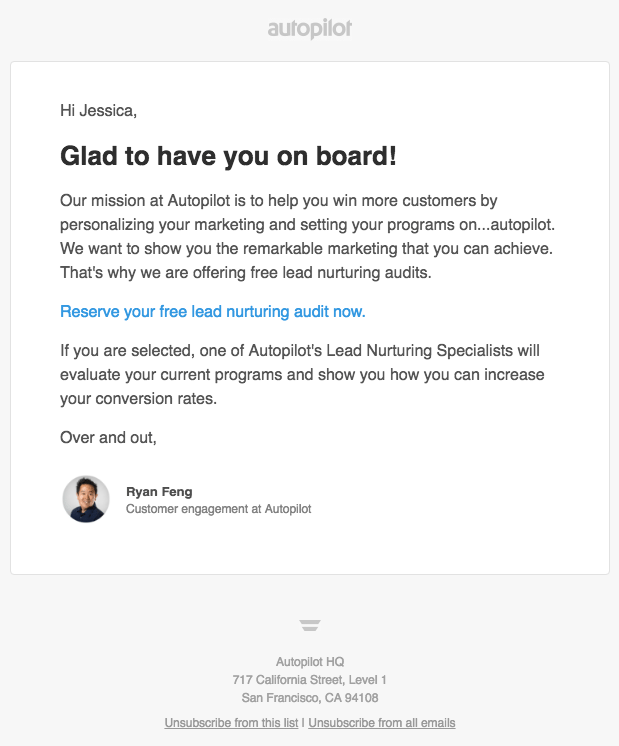
3. Trial
Trial journeys are designed to make customers successful during the course of their SaaS or software evaluation. Improve the trialists’ experience by sending tips and insights designed to help users learn your product and overcome common obstacles and issues. Trials typically range in length from seven to 90 days long, and optimally will include three to 10 interactions during that period. Successful trials offer an appropriate mix of “how to” and best practices resources, as well as competitive intelligence, pricing/buyer guide content, and offers to engage with reps.
Pro tip: try personalizing your messages based on a user’s demographics or prior activity, to boost engagement rates.
KPIs: Trial activation rates (%); Trial conversion rates (%); Won revenue (Bookings, MRR)
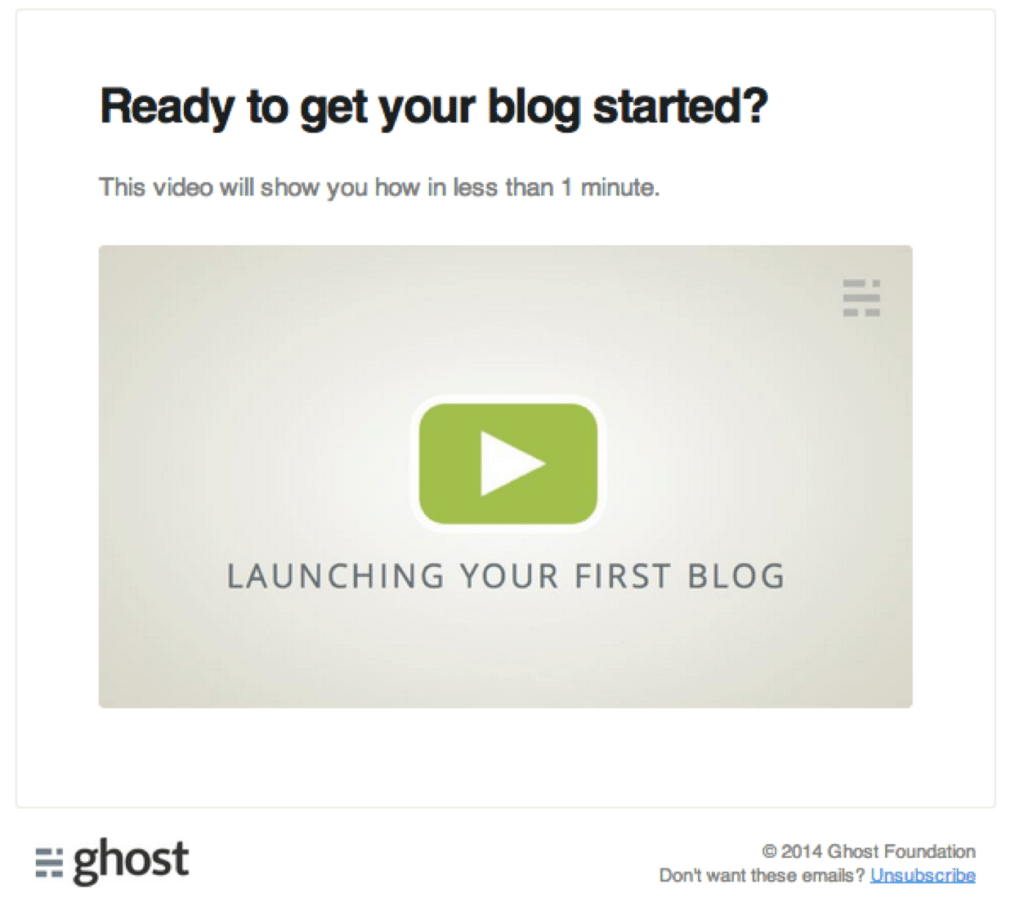
4. Lifecycle Nurture
Lifecycle nurture journeys are sometimes called the “heart of marketing,” or simply “nurturing”, and are arguably the most important of all lead nurturing types. B2B research consistently shows that 50% of inbound lead inquiries are not sales ready when initially received, but about three quarters of these will eventually become sales ready. Typically the 50% of inquirers who are not initially sales ready are just doing research, evaluating the landscape, have no compelling events, and/or do not have a defined budget or evaluation project. Lifecycle nurture journeys help companies stay on the mind of these early-stage researchers by providing valuable content, including industry insights, best practices, community reviews, and customer case studies. Typically, communications are timed two to six weeks apart, provide links to public or gated content, and offer ways to connect on social media or at upcoming events. The objective of the lifecycle nurture journey is to earn interest and engagement, which qualify them into a “call-to-action” journey (below).
KPIs: Percent of monthly leads created from nurture (%); Email click rates (%); Email unsubscribe rates (%)
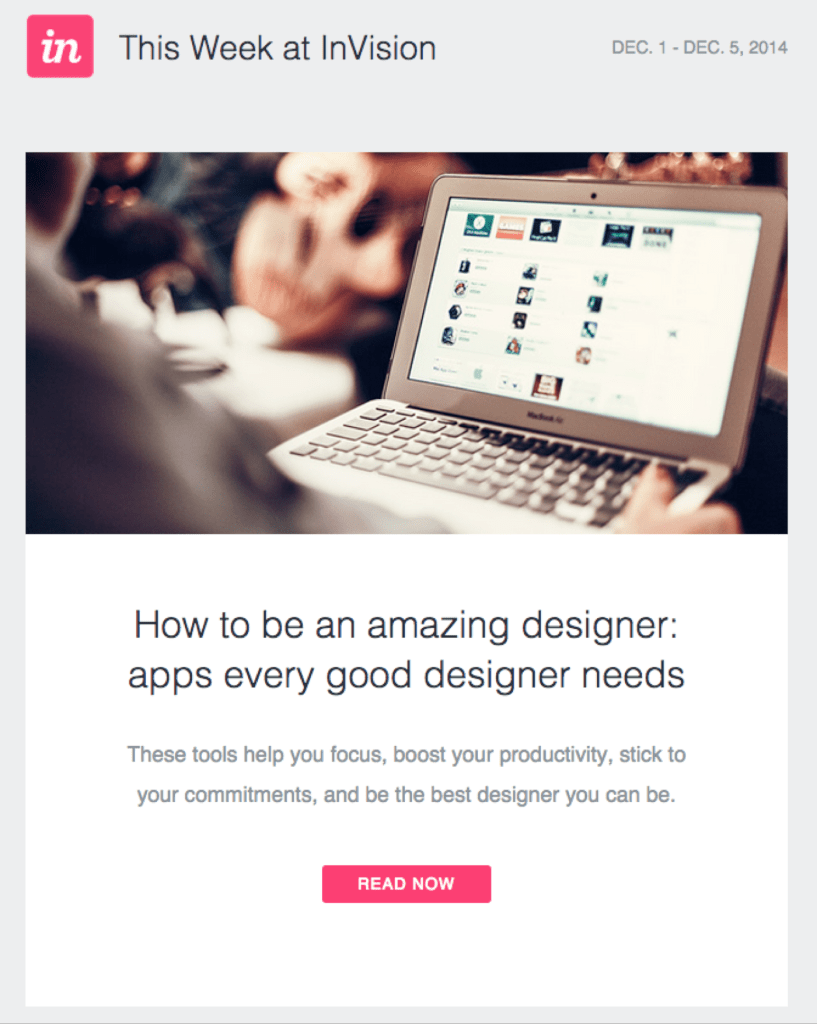
5. Call-to-Action
Call-to-action journeys invite people to engage with a sales rep (or sign up for a trial), and are triggered by a lead clicking or engaging your lifecycle nurture emails (see 4 above). Call-to-action journeys are typically two to four communications, spaced several days apart, and are simple, direct, and conversion-oriented. Examples include invitations to schedule a demo, or sign up for a trial. Unlike leads that are automatically qualified and assigned to sales once they reach an arbitrary score via lead scoring, prospective buyers who respond to call-to-action journeys typically have a compelling event. They are hot. Leads that do not click or engage any of the call-to-action journey messages can be reassigned back to lifecycle nurture.
Pro tip: sending an email from a real person and real email address drives higher open and click rates.
KPIs: Number of marketing qualified leads (MQLs); Percent of monthly leads created from nurture (%)
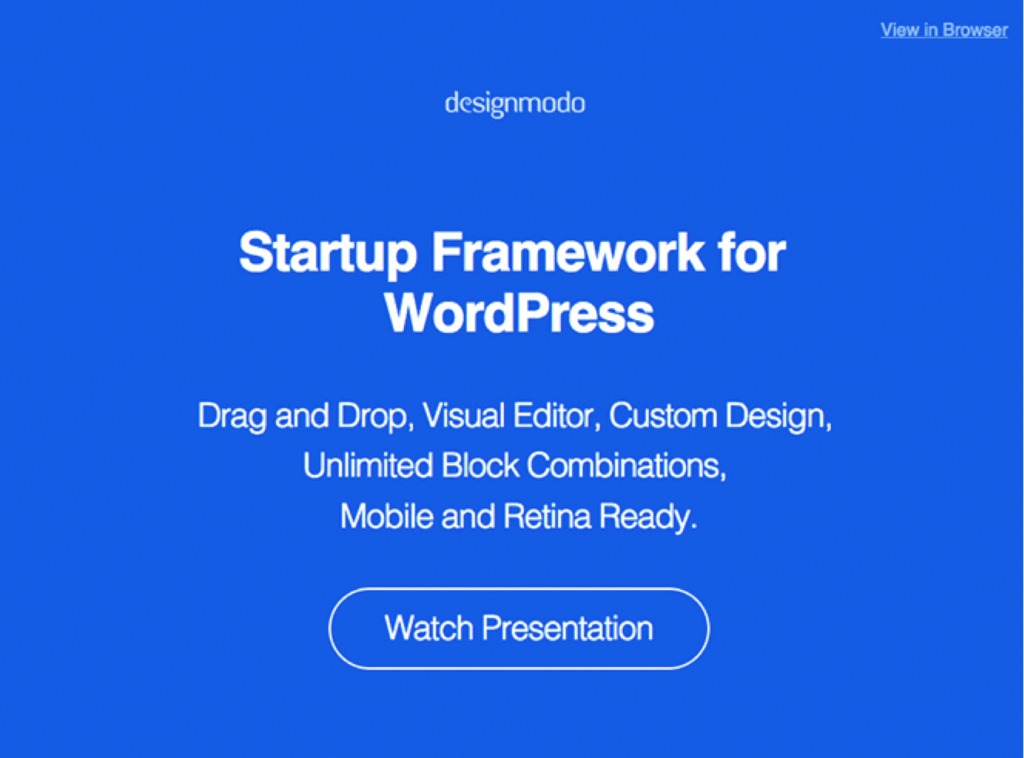
6. Customer Onboarding
Customer onboarding journeys are designed to orient new customers with a product or service post-purchase and set them up for long-term success. Customer onboarding journeys may include a “welcome aboard” email sent from your head of customer success and curated links to Getting Started resources in your support portal. They may offer launch guidance or orientation programs that span from days to months, and include to-do lists, homework, and check-ins with account managers. By mapping these processes into the onboarding nurture journey, vendors can codify their best practices, help more customers get started “the right way”, and enjoy improved user satisfaction and fewer support inquiries from new customers. Satisfied customers produce higher lifetime values, driven by repeat purchases, cross-selling, and their willingness to refer their friends and colleagues to the service.
Pro tip: schedule a monthly “personalized account review” email to share account usage metrics with your customers. These earn high open rates and drive self-service product adoption.
KPI: Net Promoter Score (NPS) at conclusion of onboarding
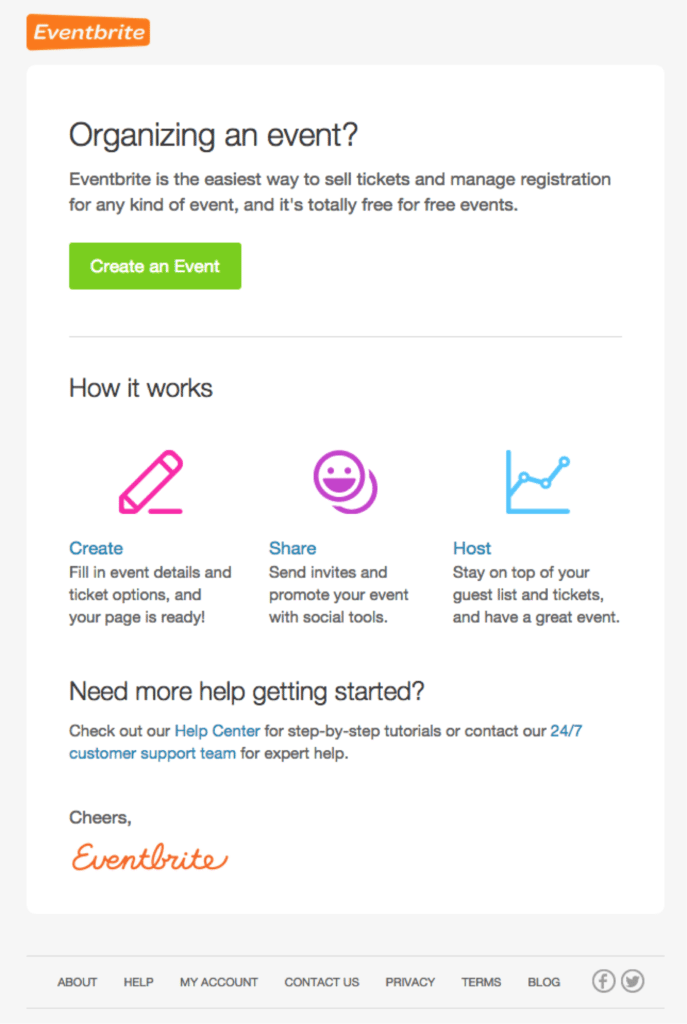
7. Newsletters
Newsletters are the bread and butter of any company’s customer communication strategy and offer timely insights, stories, and news. There are a wealth of best practices for creating great newsletters including writing in a tone and style that appeals to your customers, maintaining a regular cadence, avoiding jargon and being authentic, designing beautiful content, testing subject lines, leveraging popular blog posts, including clear call-to-actions, and continually evolving emails based on open, click, and unsubscribe rates.
Pro Tip: resend your newsletter 48 hours after the initial send out, excluding recipients who opened the first email, to drive a second pulse of opens without impacting unsubscribe rates.
KPIs: Total number of contacts; Unsubscribe rate (%); Conversion goal specific to newsletter or campaign

8. Event and Webinar
Event and webinar journeys are designed to maximize convenience and attendance for attendees and your event organizers. These typically include weekly notifications starting 4 weeks in advance and final daily reminders leading up to an event. Follow-ups should thank attendees for attending the event, and seek feedback on how to improve the experience in the future.
Pro tip: add a human touch by mailing a beautifully designed thank you card or even a handwritten note from your CEO, after the event (this can be automated - no need to actually bust out the pen and paper).
KPIs: MQLs generated from event; Registrant attendance rate (%)
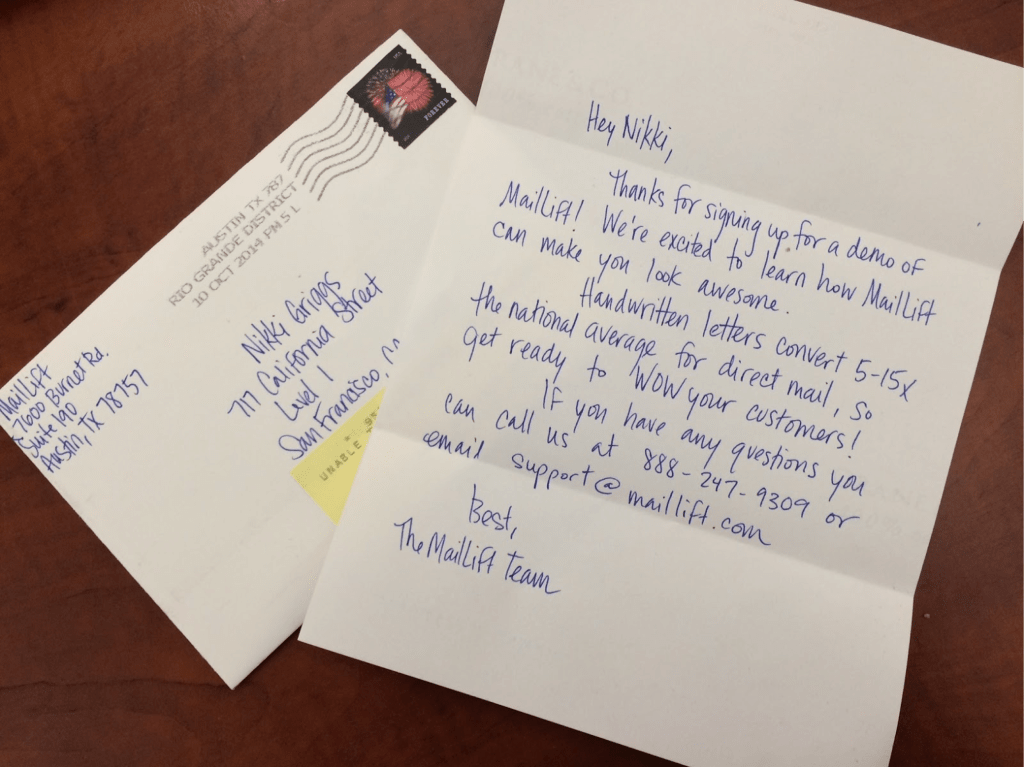
9. Email Blasts
Email blasts are a highly effective way to engage your people and include company announcements, seasonal sales promotions, or new feature releases. Similiar to the newsletter, best practices include beautifully simple presentation, catchy content, clear messaging targeted to well-defined audiences, optimized subject lines, and compelling offers– obviously. Examples of successful promotions could include offering volume-based upgrade discounts to power users of a SaaS product, offering service credits to relevant users (e.g. discounted seasonal access rates to online retailers as they approach the Christmas season), or offering discounts to early signups or beta-testers. Pro Tip: While promo-to-lead conversion rates are typically 5 - 15% for a well executed broad promo, conversion rates of 50%+ can be attained by targeting smaller, more homogenous audiences with personalized messaging.
KPIs: Bookings & MRR ($); campaign MQLs goals; Open rates (%)
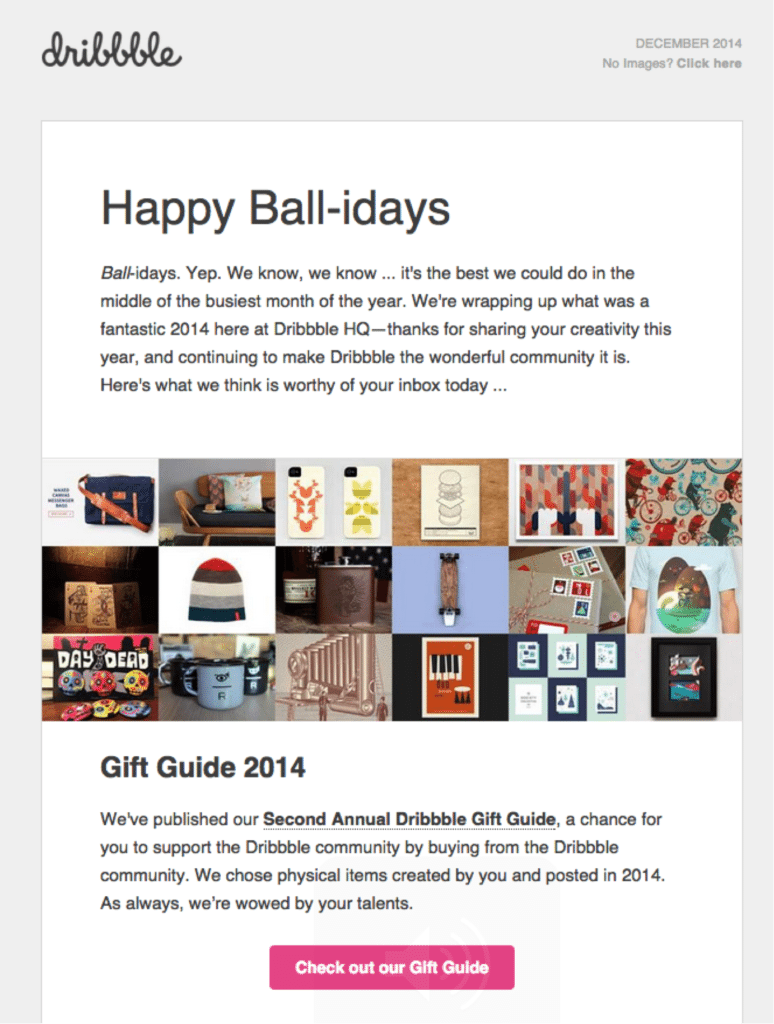
10. Customer Engagement
Customer engagement journeys are designed to delight, alert, or recover your customers by automatically reaching out before one of you realize a touch point is needed. For example, proactively sending a specific “how to” guide to a struggling SaaS trial customer could be the missing link that helps get them up and running, then later purchase your service. This journey could be achieved by integrating an event tracking system, like Segment, with a lead nurturing platform like Autopilot. Another example is a customer who abruptly submits a high volume of support requests and simultaneously removes users from their account. These signals may indicate the customer is at risk of canceling - an appropriate response might be to automatically offer them an account review session. Autopilot’s ecosystem of integrated apps creates many opportunities to proactively engage customers through automated communications, giving marketers (or other job functions) a lever to create a richer and more personal customer experiences.
KPIs: Product engagement metrics; Upgrades & retention rates (%); Customer satisfaction rates (CSAT)
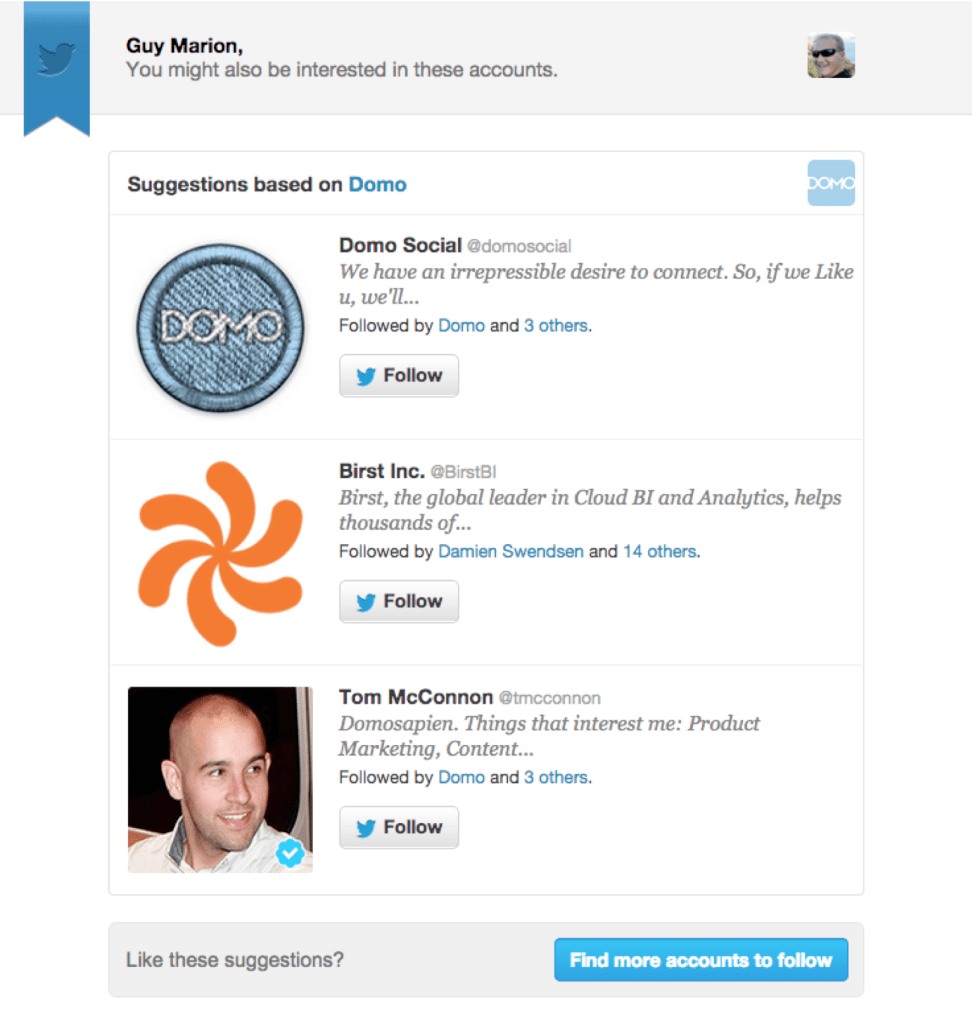
Want to learn more? Here are 7 lead nurturing secrets to turn strangers into customers.



